Snowballs in Summer
 Cool off with a study from Ashkenazy, Gildor, Losch and Tziperman who use MITgcm to explore the ocean in models of snowball earth.
Cool off with a study from Ashkenazy, Gildor, Losch and Tziperman who use MITgcm to explore the ocean in models of snowball earth.
Sea – Ice Interplay
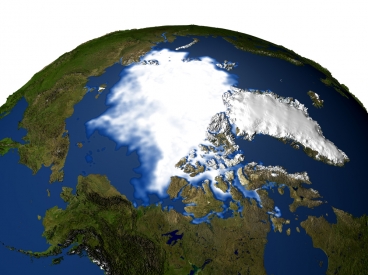 In a novel approach, MITgcmers Ian Fenty and Patrick Heimbach use optimal state and parameter estimation to improve the sea-ice simulations.
In a novel approach, MITgcmers Ian Fenty and Patrick Heimbach use optimal state and parameter estimation to improve the sea-ice simulations.
MITgcm on Ice
In a recent paper in the Journal of Physical Oceanography, An Nguyen (MIT) and co-authors Ronald Kwok (JPL) and Dimitris Menemenlis (JPL) report on work using MITgcm to better understand the origin and character of the western arctic, upper halocline.
Under the Ice
![]() In a new paper published in the Annals of Glaciology, long-time MITgcm users Patrick Heimbach and Martic Losch investigate the sensitivity of sub-ice-shelf melt rates under the Pine Island Ice Shelf, West Antarctica, to changes in the oceanic state.
In a new paper published in the Annals of Glaciology, long-time MITgcm users Patrick Heimbach and Martic Losch investigate the sensitivity of sub-ice-shelf melt rates under the Pine Island Ice Shelf, West Antarctica, to changes in the oceanic state.
北极海冰数值预报的初步研究!!!MITgcm基于海冰!海洋耦合模式!”# $
 This month we shine light on recently published work by a team of Chinese investigators who have been using MITgcm to study Arctic sea ice.
This month we shine light on recently published work by a team of Chinese investigators who have been using MITgcm to study Arctic sea ice.
Arctic Carbon Cycle Modeling
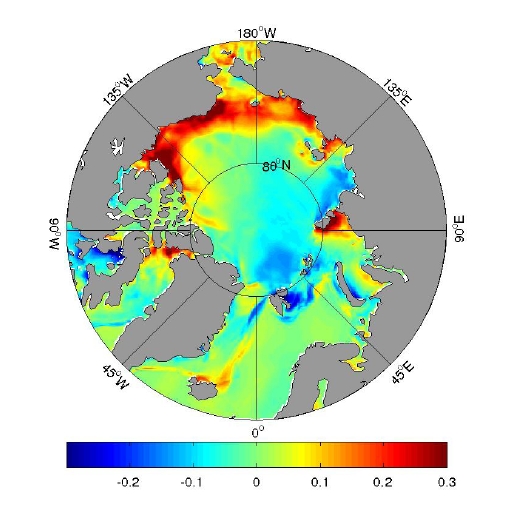 Motivated by observations indicating rapidly falling annual sea-ice minima, Manfredi Manizza and co-workers have been using an Arctic configuration of MITgcm to explore the Arctic Ocean Carbon Cycle.
Motivated by observations indicating rapidly falling annual sea-ice minima, Manfredi Manizza and co-workers have been using an Arctic configuration of MITgcm to explore the Arctic Ocean Carbon Cycle.
Climate Determinism Revisited
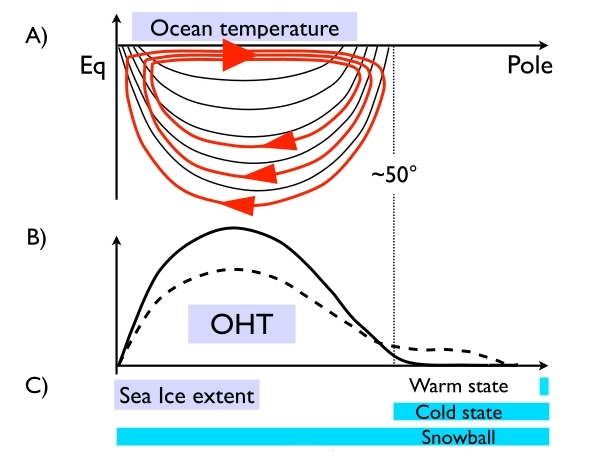 In a first for models simulating the 3d dynamics of both ocean and atmosphere, the MITgcm climate model has been found to exhibit three different stable states for exactly the same set of parameters and external forcings, suggesting that climates may exhibit multiple equilibria even in the presence of a vigorous internal variability sustained by weather systems and ocean-atmosphere-sea ice interactions…
In a first for models simulating the 3d dynamics of both ocean and atmosphere, the MITgcm climate model has been found to exhibit three different stable states for exactly the same set of parameters and external forcings, suggesting that climates may exhibit multiple equilibria even in the presence of a vigorous internal variability sustained by weather systems and ocean-atmosphere-sea ice interactions…
OCCA
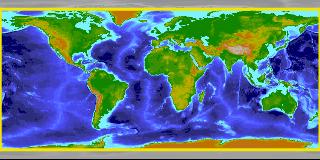 This month we focus on work by Gael Forget and the ECCO team who have been using MITgcm to construct a new ocean atlas. By using MITgcm as a means of optimally synthesising data within the framework of a physically accurate general circulation model, OCCA (short for OCean Comprehensible Atlas) provides a singularly accurate 3-year “snap-shot” of the global ocean state for the period December 2003 to November 2006…
This month we focus on work by Gael Forget and the ECCO team who have been using MITgcm to construct a new ocean atlas. By using MITgcm as a means of optimally synthesising data within the framework of a physically accurate general circulation model, OCCA (short for OCean Comprehensible Atlas) provides a singularly accurate 3-year “snap-shot” of the global ocean state for the period December 2003 to November 2006…
Sea Ice
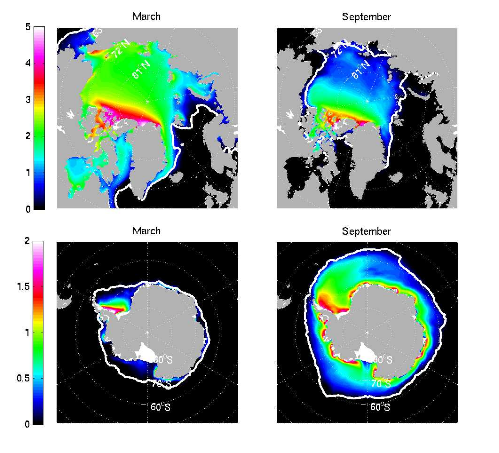 Work by Martin Losch of the Alfred-Wegener-Institute, Bremerhaven, Germany, Jean Michel Campin, Patrick Heimbach, Chris Hill (at MIT) and Dimitris Menemenlis (JPL) extending the reach of the MITgcm in to the Polar oceans, with the development of a dynamic-thermodynamic sea-ice model and its adjoint…
Work by Martin Losch of the Alfred-Wegener-Institute, Bremerhaven, Germany, Jean Michel Campin, Patrick Heimbach, Chris Hill (at MIT) and Dimitris Menemenlis (JPL) extending the reach of the MITgcm in to the Polar oceans, with the development of a dynamic-thermodynamic sea-ice model and its adjoint…
Aqua Planets
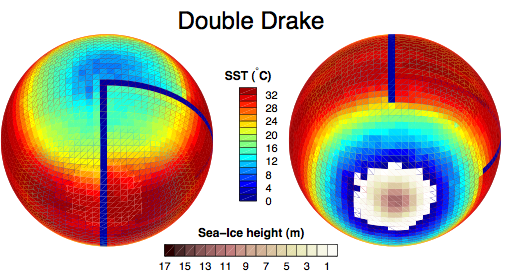 Using a coupled ocean-atmosphere version of the MITgcm to study an Earth-like planet which is entirely covered by ocean, David Ferreira and John Marshall, are exploring the elemental role of the ocean in climate…
Using a coupled ocean-atmosphere version of the MITgcm to study an Earth-like planet which is entirely covered by ocean, David Ferreira and John Marshall, are exploring the elemental role of the ocean in climate…
